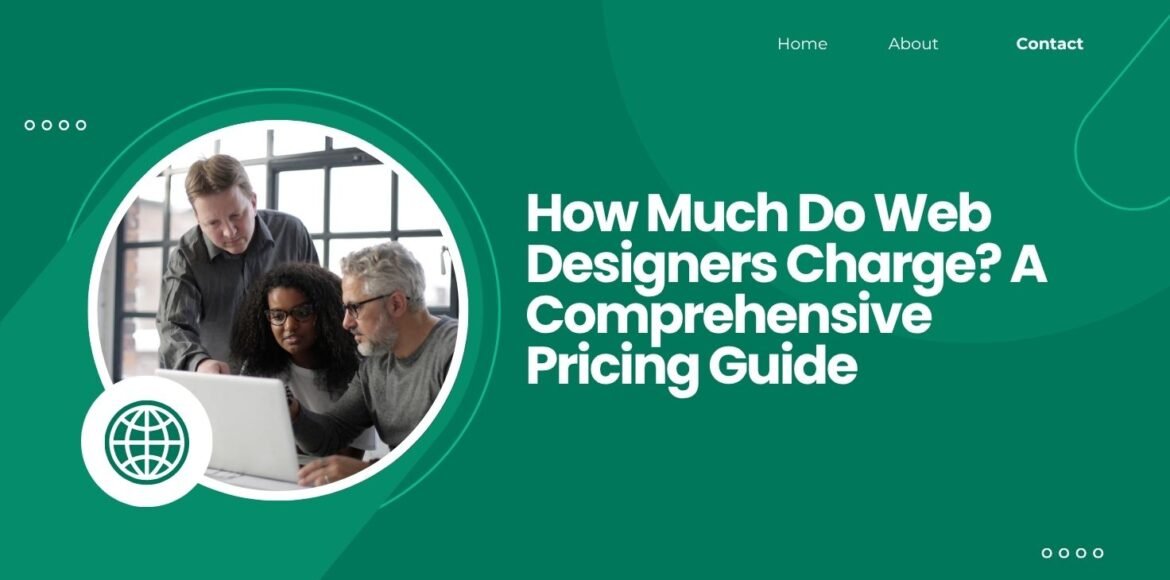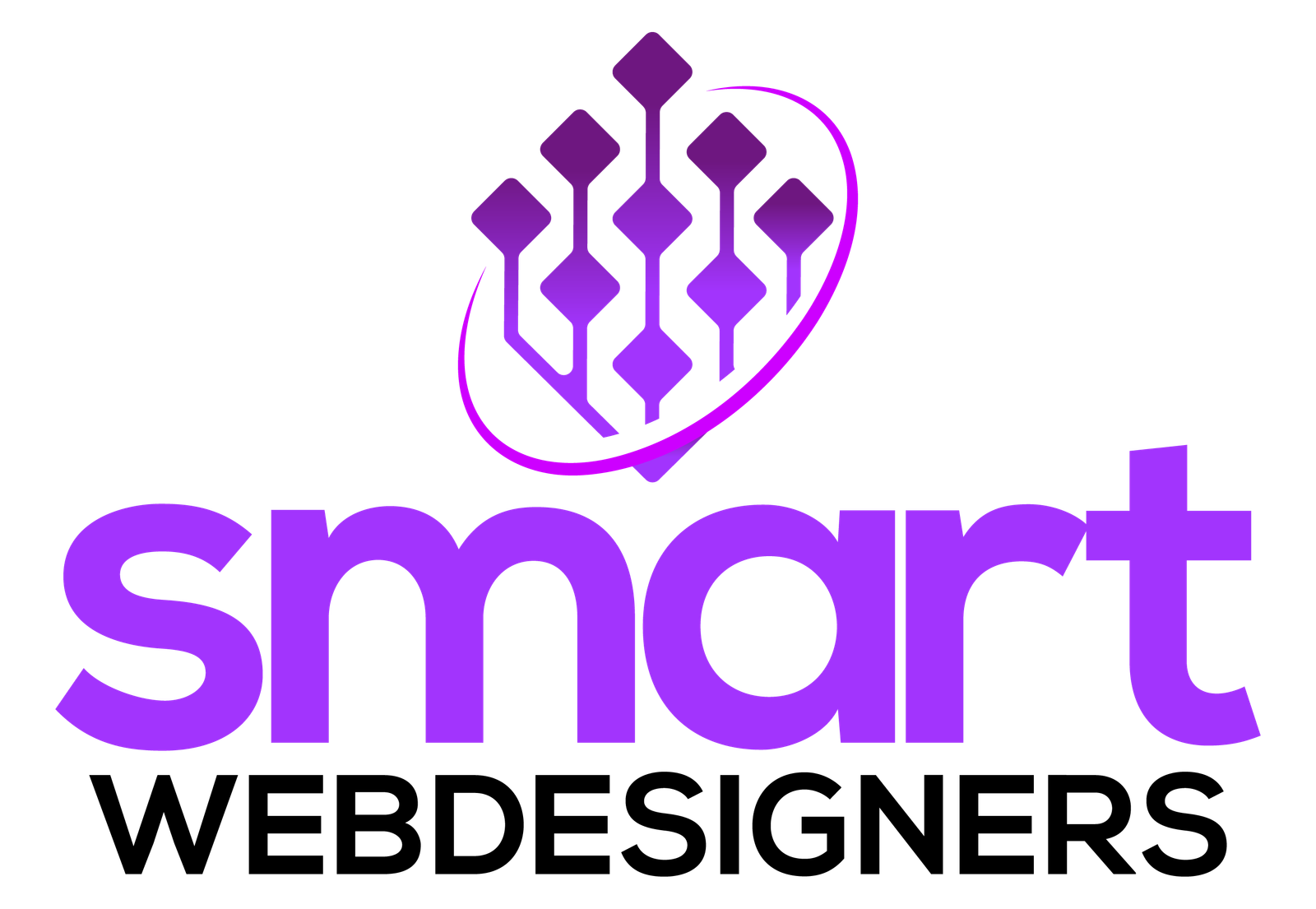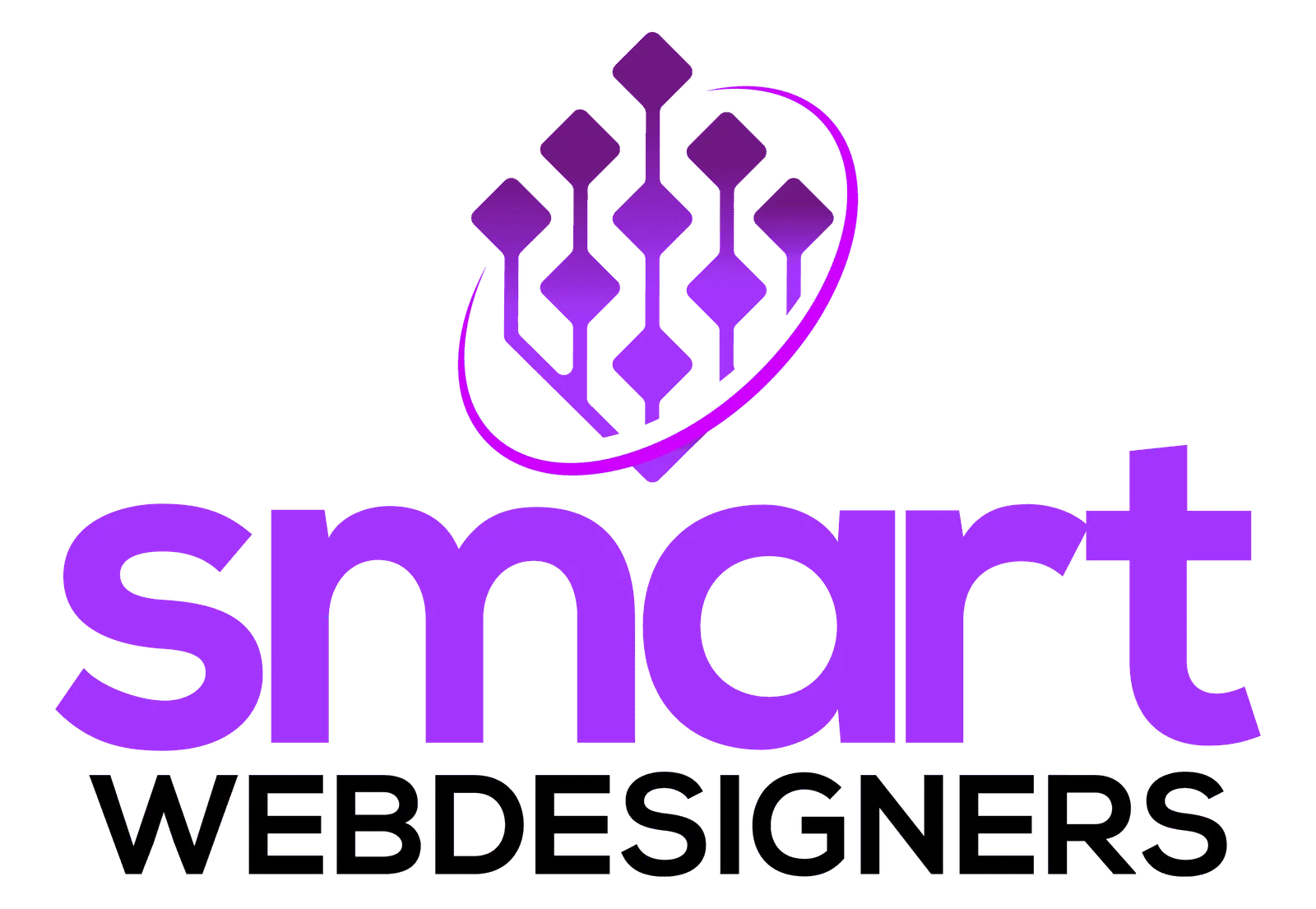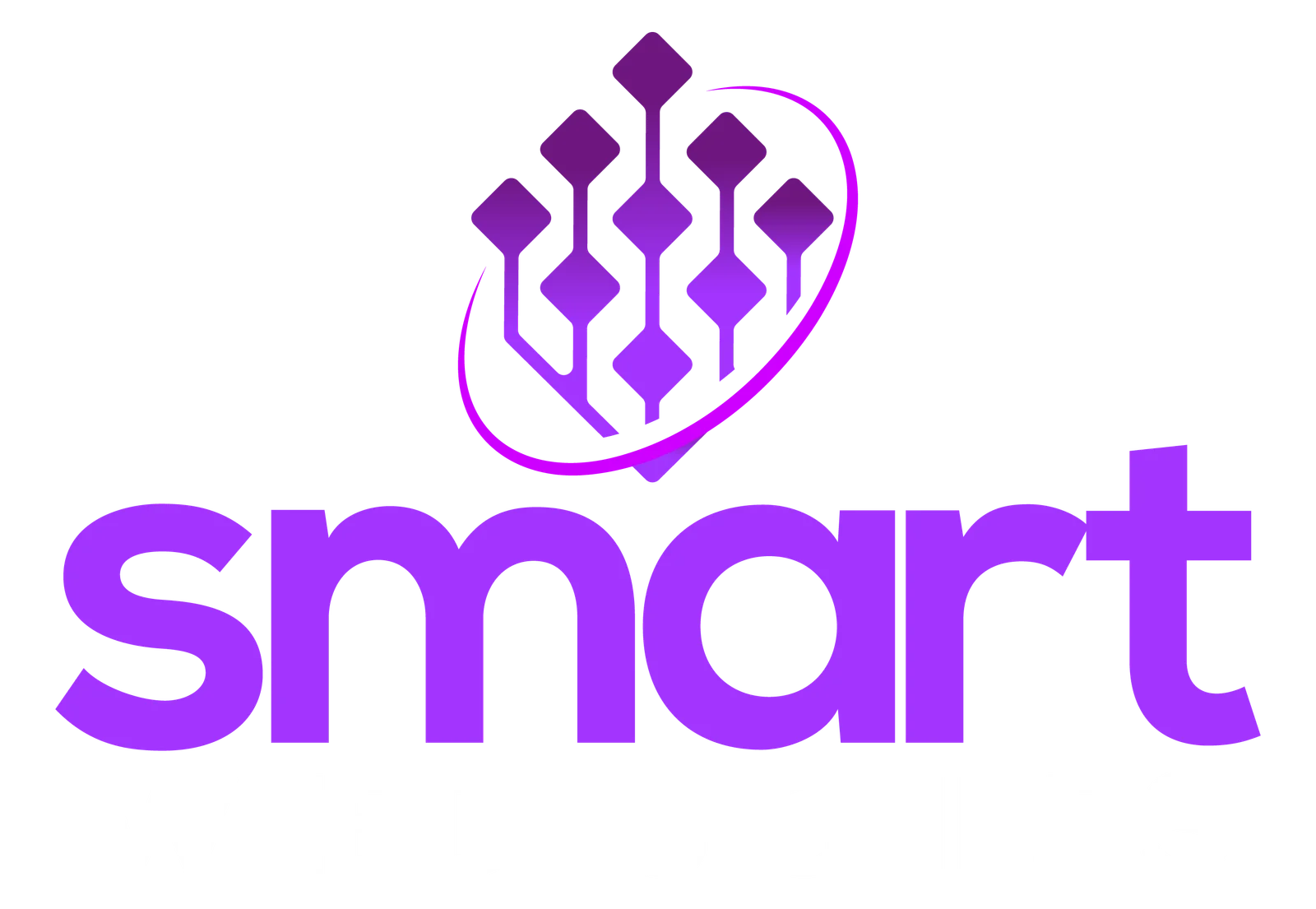Understanding Web Design Services Pricing Models

Table of Contents
ToggleHourly Rates: When Designers Charge by the Hour
Freelance web designers usually have hourly charges, particularly for small work assignments or consultations. Used by industry standards, the average hourly rates vary between $25 to $150 depending on the individual’s experience, and their geographical location. On the other hand, larger companies are able to charge even more, up to $300/hour, especially those that offer specialized services. The pricing guidelines established by Philip Wallage’s pricing guide explain the applicability of hourly rates, which is the most suitable pricing method for work that can either be unpredictable or ongoing.
Flat Rates: Fixed Pricing for Projects
Standard rates are mainly intended for projects that are fixed and certain in terms of scope and deadline. The cost for a basic brochure website can be around $500 to $2,500, whereas custom websites may go between $5,000 and $10,000 or more. Although fixed rates guarantee predictable costs, it is a necessity to have a comprehensive and precise scope at the beginning.
Project-Based Pricing: Breaking Down the Costs
The project-based price concept focuses on the costs involved in the project as a whole. This might include time, effort, resources, and benefits. This might be such projects that cover multiple services (like web design, SEO, CMS setup) as well as costing $3,000 to $15,000+, depending on the features.
Value-Based Pricing
Here, the price indicates the value delivered by the final product. For example, those online stores which anticipate high sales make sense for charging $20,000+ design fee. This method of pricing is mainly found among top-level, highly professional and experienced designers.
Retainer or Ongoing Fees: For Maintenance and Updates
A lot of customers hire and retain the designers directly for long-term services that cover updating, backing up, and analytics. The range for retainers depends on the services provided that can go from $100 up to $1,000/month.
Key Factors That Influence Website Design Costs
Website Complexity and Functionality
Complexity of Design
Simpler layouts are obviously less expensive and faster to implement. On the contrary, complicated designs with unexpected features like animations, parallax scrolling, or multi-layer visuals which require much time and technical skills to create such design also significantly raise web design cost.
Customization
If you want a designer to provide custom branding, specific user experiences, or non-standard UI elements, you need to think about paying more. Customization is not only about shaping the design but also about rigorous testing and browser compatibility checks.
Website Functionality
If, for example, you want to add a booking system, membership area, product filtering feature, or chatbots, these will be more complicated and require backend development. This can impact on the timeline and cost for the web project.
Content Management System (CMS)
WordPress is popular because it’s cost-effective. Hence, your Webflow cost is slightly more expensive due to its premium framework and flexible built-in features. CMS licensing, installation, and personalization also add up to the grand total.
Responsive Design
Designs that can are easily adaptable to different devices like desktops, tablets, and phones are crucial in the modern tech world. Basic responsiveness is usually included, but advanced responsive logic (e.g., interactive layouts or mobile-first design) may also raise the cost.
Graphic and Multimedia Elements
The presence of high-resolution images, animated sliders, or embedded videos on a website result in high resources and editing costs, respectively. The costs on both production and loading time optimization raise the total cost by a substantial margin.
SEO Optimization
Properly tagging images, adding alt texts, and ensuring faster loading pages also add to the developmental budget. Advanced services such as performing keyword research, on-page SEO, and setting up analytics can cause a substantial increase in project or monthly costs. While basic SEO is included in the package, advanced strategies and search engine optimization services in Maryland can cost extra—often over $500/month or more.
Type of Website
Basic Brochure Websites
These static sites (3–5 pages) cost between $500 and $2,000, representing a low cost website design option.
E-commerce Websites
These require payment integration, product pages, and carts. They typically range from $3,000 to $20,000.
Custom Web Applications & Database Integration
Highly customized sites with login systems or dashboards may start at $10,000 and exceed $50,000.
Blogs and Content Hubs
Prices start at $1,000, depending on integrations like RSS feeds and authoring permissions.
Portfolio Websites
Simple yet elegant, these cost around $500 to $3,000, depending on interactivity.
Level of Customization and Design
Because of personalized aesthetics and tailored visuals, heavily customized sites are on the costlier side. Brand Identity and User Experience design also come at a cost. The customization factor directly determines the final cost of a site experiment. A very customized site may involve special branding elements, custom UI components, and layouts to target a specific audience. Such models often imply collaboration between designers, web developers, and branding specialists. They take more extended periods to complete, and in addition, they require higher capital, particularly when animations, custom user journeys, or niche functionalities are included in the specs. In sum, heavily customized sites cost more due to tailored visuals, brand identity, and user experience design.
Experience and Expertise of the Designer/Agency
Experienced web designers or companies charge higher fees. Web design services Maryland typically asks for $5,000-$15,000+ per project. The market reputation of the agency and the expertise of the designer can greatly affect the overall cost of the web designing project. Well-recognized professionals or companies are equipped with refined processes, have strong project portfolios, and yield proven results which validate their higher price tag. The providers commonly thrive on effective communication, chic designs, and sustained post-launch technical support, thus emphasizing long-term value over just the initial cost.
Project Duration and Timeline
Tight schedules or urgent deadlines often cause the project to incur rush fees or the project costs to be higher. Web design costs can fluctuate because of the scope of work. Short timelines such as those of urgent and specialized services usually come with start-up rates that cover extra work hours and development priorities. It might take several weeks for a regular web design project whereas if you require it in just a few days you will actually need to spend several times more. A small flexibility with deadlines can lead to a cost reduction, whereas rigid or hasty schedules need extra teams, immediate feedback loops, and fast-tracked development processes which affect overall pricing significantly.
Geographic Location of the Web Designer
Urban areas and other high-cost locations (e.g. New York, and DC) have designers that charge more. The average pricing of Web Designer Cost in Maryland is around $3,000-$12,000 for a full packed website. The area where the web designer is based does have a significant impact on pricing. Designers who are situated in the big cities and around high-cost regions such as New York or San Francisco tend to charge much higher than those within the rural areas or outside the country. Mixed costs due to travelling may be lower but it could involve some communication or quality problems.
Scope of Services (e.g., Content Creation, SEO)
The cost may be considerably high for the all-inclusive packages which will have content, SEO, and branding incorporated. The higher the cost will be due to the greater number of services included in the web design package. Separate design services are more cost-effective, on the other hand, their combination with SEO, branding, writing, or photography increases the cost. Full-service packages ensure standardization, efficiency, effectiveness and consistency, since all the tasks are executed by one provider only. For a complete online presence, companies should include blogs, custom visuals, and search engine optimization, which is a higher scope and hence a bigger quote that reflects this extra value.
Client’s Project Management & Preparedness
Clients who provide clear instructions, content, and feedback reduce back-and-forth, saving time and money. Client involvement can significantly affect both the timeline and cost of a website project. Those who provide clear feedback, organized content, branding assets, and defined goals help streamline the process. In contrast, vague instructions, delayed responses, or repeated revisions often extend project timelines and increase costs. Prepared clients make it easier for designers to deliver efficiently, reducing unnecessary communication loops and development changes. Efficient project collaboration is an underrated cost-saving factor in web design. Clients who provide clear instructions, content, and feedback reduce back-and-forth, saving time and money.
Beyond Design: Essential Additional Website Costs to Budget For
Domain Name Registration (per year?)
Domain name registration is the first and most important step in creating a website. Most domains cost between $10 and $20 a year, depending on the domain extension (.com, .net, .co, and so on) and the registrar you chose. Premium domains or renewals, for sure, can create a bigger financial burden and may include value-added services like privacy protection or a custom email at an extra cost.
Web Hosting Services (per month?)
Web hosting services that serve your needs provide storage of website files and make them accessible on the internet. Starting with shared hosting, which is the cheapest option at around $5/month, managed hosting or VPS servers cost up to $50–$500/year. Your speed, uptime, and scalability are impacted by your hosting plan. Therefore, as a long-term investment in performance and growth, your choice is extremely important.
Website Builder Cost / Subscriptions (per year?)
Website builders such as Webflow, Wix, and Squarespace are very simple to use and do not need any programming knowledge to create websites. Webflow’s Basic Plan costs $14/month billed annually. It is a great solution for website builder low cost solutions. Empirical evidence shows that hiring a full-service design agency would be more expensive than using platforms such as Webflow that are $14/month (Basic Plan) billed yearly. These platforms are also popular for website builder low-cost solutions that fit tight budgets.
SSL Certificates (per year?)
SSL certificates are very important because they encrypt sensitive data in addition to the fact that they are the source of trust in your site. However the use of basic SSL is often free through some hosting providers, the premium certificates with extended validation or warranty features can range from $50 to $200 a year depending on your intentions and your visitors’ expectations in terms of security. For e-commerce or data-sensitive sites, it is indeed worth investment to take a premium SSL for added credibility and compliance.
Website Security Features (Firewalls, Malware Scanners: per year?)
To fight cyber threats, investing in firewalls, malware scanners, and automated backups would be a wise move. The services prevent such attacks from happening, they help protect client data, and they assure up time for most of the season. Basic security can cost you $100-$300/year, while businesses that deal with sensitive information may need higher protection, which can substantially add to their annual costs. Security is essential in guarding your digital reputation and trust that your clients have in you.
Add-ons, Plugins, and Premium Themes (per year?)
Extending your website’s features with plugins and premium theme is a common practice, especially in WordPress. Many of the high-end features like the visual builder, SEO tools, and e-commerce add-ons need a subscription though free alternatives might be available. The average spending depending on the number of tools you use is $50–$500/year. Always opt for plugins from trusted vendors so that you won’t experience performance problems, security breaches, or the need for excessive maintenance costs in the future.
Ongoing Website Maintenance & Webmaster Services (per month/year?)
Website maintenance is important for factors such as performance, uptime, and security. Yearly or monthly plan may cover issues like backups, software updates, broken links, and analytics. Businesses that rely heavily on online traffic should consider regular maintenance. This kind of service ranges from $500–$2,000/year, typically, while sites under the same category but with high traffic and complexity routinely require more extensive aid and surveillance.
Search Engine Optimization (SEO) & Marketing (per month/project?)
SEO and digital marketing are driving forces for traffic and leads. Services can contain several components together such as keyword research, backlink building, on-page optimization, and local SEO. To get started, small businesses have packages starting at $500/month. Adding a competitive edge or targeting customer than competitors can binge monthly budgets even higher. Getting an SEO invest with long time results is good, especially when combining with content marketing services and analytics tracking. The price for small sites starts at $500/month for the SEO packages.
Professional Images, Stock Photos & Custom Graphics (per project?)
Visual content enhances user experience and builds trust. Stock photo licenses cost from $10–$100 per image, which is dependent on the resolution of the image as well as the usage rights. For a more unique brand look, hiring a designer for custom graphics can range from $200–$1,000/project. Companies with branding or storytelling focus more of their budget on the visual form of advertising. Pictures, whether created by stock or by the customer themselves, are of high quality vis-à-vis appealing design. Stock photo licenses: $10–$100 per image; Custom graphics: $200–$1,000/project.
E-commerce Functionality & Payment Gateways (one-time/monthly?)
In fact, e-commerce means integrating purchasing and selling on your website that adds complexity and cost. The integration setup could include shopping carts, a product catalog, and a secure payment gateway. Installation costs depend on the platform, but typically expensive initial setups between $500 to $5,000 are expected. Monthly gateway fees (for example Stripe or Shopify) depend on how many transactions you make, and what features you have. It is very essential to have if you want to make sure that your site functionality will be fully operational and that the financial transactions will be secure.
Content Creation (Copywriting, Video, Photography)
Quality content drives engagement and search engine visibility. Professional copywriting typically ranges from $0.10 to $2/word, based on topic complexity and expertise. Custom videos and photography services may cost over $1,000/project, especially for product shoots or corporate branding. Investing in original content helps convey your message effectively and improves site credibility. Many full-service web design packages offer bundled content creation to streamline the process. Professional copywriting costs $0.10–$2/word, while custom videos and photos can exceed $1,000/project. If you’re comparing options, make sure to calculate the cost of website builders including upgrades, plugins, and support to avoid hidden expenses.
DIY vs. Professional Web Design: Cost vs. Value
DIY Website Design Costs & Considerations
DIY platforms like Wix, Squarespace, and Shopify allow users to build websites with minimal technical knowledge. These solutions typically cost $15–$40/month and include hosting and templates. However, DIY requires your time for setup, content, and troubleshooting. While they are great for low cost web design, limitations in flexibility, SEO, and scalability can affect long-term growth. DIY works best for simple, short-term projects or budget-constrained startups. Platforms like Wix or Squarespace charge $15–$40/month, making them attractive for low cost web design. You invest your own time and skill. Read more on DIY costs here.
When to Hire a Professional Web Designer
If your business needs advanced features, custom branding, or the right web design for customer conversion, then you should think of hiring a professional. The pros cover everything from the creation of wireframes to the final launch, which is how they ensure a refined end product is created. Yes, the initial investment for such a site is higher, but the ROI is likely to be much better with a site that has better user experience, higher SEO performance, and an increase in credibility. This is your long-term investment on the way towards digital success. The path to digital success is long, with hiring a pro when you have the crucial needs for branding, conversions, or scalability.
Finding the Best Web Design Solution for Small Businesses
Small businesses must weigh cost against quality when choosing a website solution. While DIY builders offer affordability, professional design ensures credibility and better functionality. A simple professional website may cost around $2,000, but it saves hours of trial and error. Look for agencies that understand your industry, offer scalable designs, and provide essential services like SEO and content to support business growth. Small businesses should balance budget with function. A $2,000 site might be better than spending 100+ hours DIY with subpar results.
Tips for Getting an Accurate Web Design Quote
- To avoid surprises, request quotes from multiple designers and clearly outline your goals, preferred features, and content availability.
- Include your timeline, industry specifics, and design expectations. This helps providers give accurate estimates.
- Use tools like this quote generator to compare pricing.
- Being organized and specific allows designers to tailor packages and reduces the chances of scope changes mid-project.
- Get multiple quotes, clarify goals, and define your scope. Tools like this quote generator can help.
What to Look for in a Web Design Proposal
A great web design proposal outlines everything from project scope and deliverables to pricing structure and revision policies. It should also include a timeline, milestone payments, post-launch support, and clear terms. Transparency is key—watch for vague descriptions or missing deadlines. This example by HubSpot shows how a strong proposal sets the tone for a successful collaboration and ensures client-designer alignment. A good proposal outlines timeline, deliverables, revisions, payment terms, and post-launch support. See this example by HubSpot.
How Do Smart Web Designers’ Web Design Services Help You Out?
Smart Web Designers take a holistic approach to web design. They focus on aligning design with your brand goals, ensuring functionality, mobile responsiveness, and SEO readiness. Their packages are flexible, offering everything from brochure websites to e-commerce platforms. Whether you’re a startup or scaling business, they deliver ROI-focused results with clear timelines, smooth communication, and long-term support to help your digital presence thrive. Maryland Affordable Maryland Web Design Company understand your business goals, offer flexible packages, and handle everything from web design to SEO. Whether you need a small business website or a custom app, their services ensure ROI-focused design and timely delivery.
Wrap Up: Making an Informed Decision on Your Web Design Investment
Understanding web design cost helps you budget wisely. From hourly rates to ongoing costs, this guide covers all aspects. Whether you go DIY or hire a Web design services Maryland, align your website goals with your budget for the best outcomes.



